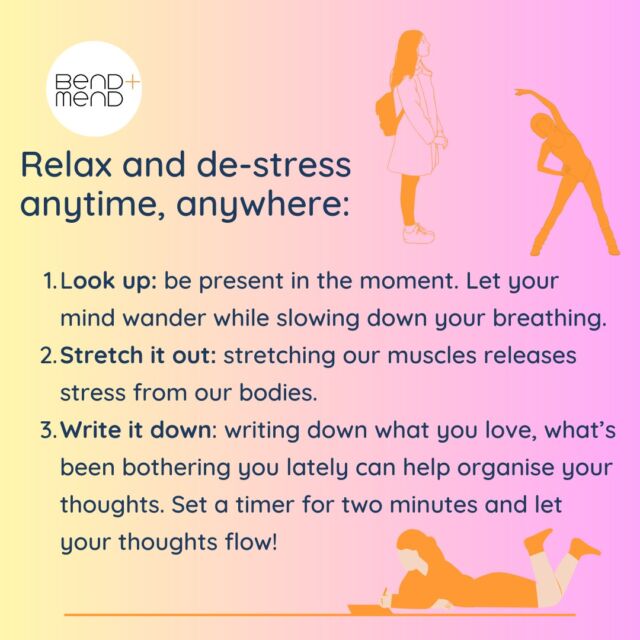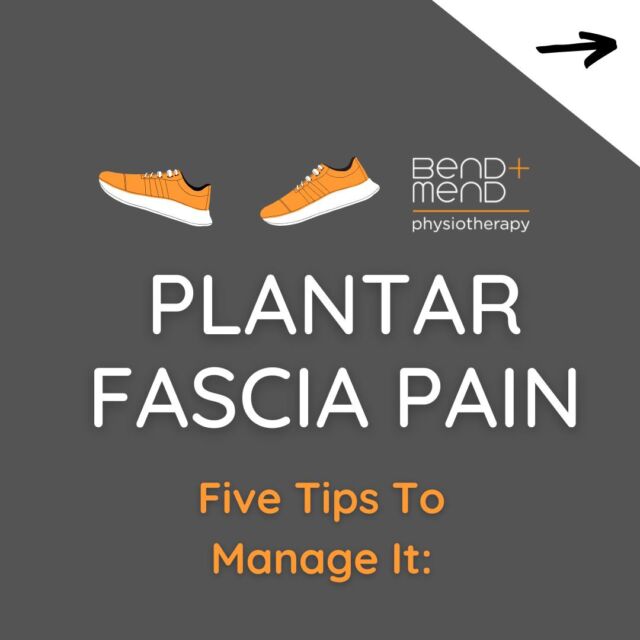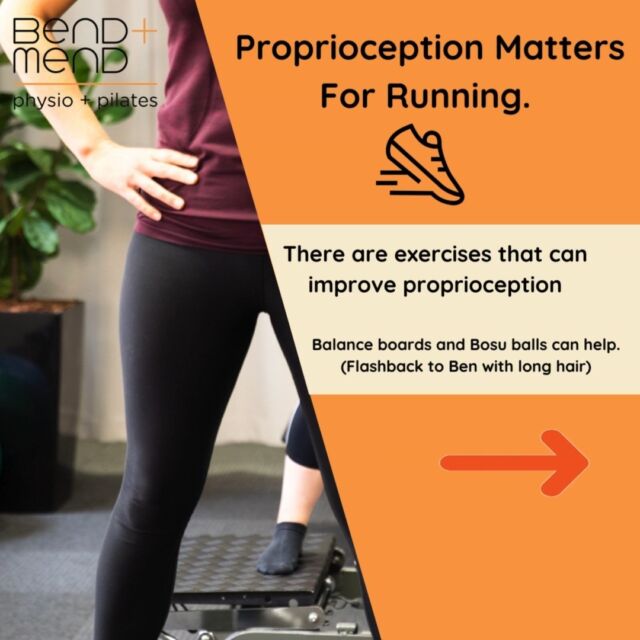 Have you ever been told you have “floppy joints”?
Have you ever been told you have “floppy joints”?
The word HYPERMOBILITY is often used in a Physiotherapy consultation, but what does it really mean if you are hypermobilie?
Hypermobility describes excessive movement or flexibility in one or more joints.
Many people can have hypermobile joints and not have any problems (in fact, it can be seen as an asset in dancers and gymnasts); however, for others, this excessive movement can be associated with significant musculoskeletal problems such as recurrent injuries and chronic arthralgia (joint pain).
When joint hypermobility is associated with symptoms it is classified as HYPERMOBILITY SYNDROME (HMS).
How is HMS diagnosed?
A series of simple tests such ‘touching your hands flat on the floor with legs straight’ and ‘bending your thumb back to touch your forearm’ can identify whether an individual has widespread hypermobility. This set of tests is called the BEIGTHON SCORE.
However, more recent research has come up with a more specific diagnostic tool called the BRIGHTON CRITERIA, which takes into account other features associated with HMS, such as increased skin stretchiness and arthralgia lasting more than 3 months.
How can Physiotherapy help with HMS?
A Physiotherapist can identify which joints are hypermobile and how this is affecting other structures. For example, it is common for people with hypermobile joints to also have areas of stiffness such as the thoracic spine (mid-upper back) which are a common source of pain. These areas can be mobilised or released with manual therapy.
Under the guidance of your Physiotherapist, an appropriate exercise programme can be extremely successful in reducing joint pain and preventing recurring injuries, in particular, low impact core stability exercise such as Clinical Pilates.
The benefits of Clinical Pilates in hypermobile patients include:
- improved posture which reduces stress on joints
- improved breathing techniques which can help with relaxation and pain associated with muscle spasm (in muscles that are working harder to stabilise ‘floppy joints’)
- improved co-ordination/body awareness (proprioception) which helps to reduce the risk of injuries, such as rolled ankles
- improved muscle strength/power and endurance to better support hypermobile joints.







